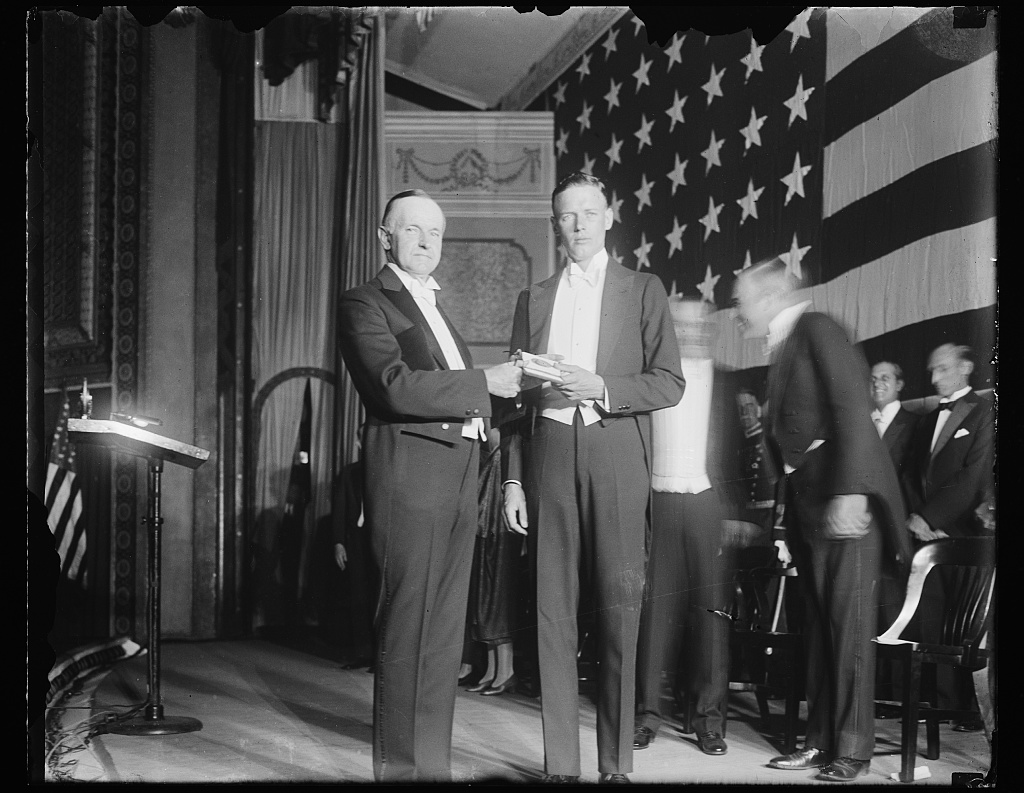Charles Lindbergh Documentary: The 1927 Flight of “Lucky Lindy”

Charles Lindbergh’s Background
Born in Detroit, Michigan in 1902, Charles Lindbergh took up flying at the tender age of 20. A year later, he bought a surplus World War One Curtiss Jenny biplane and toured the country as a barnstorming stunt pilot.
In 1924 he enrolled in the Army Air Service flying school in Texas and graduated at the top of his class. He became an airmail pilot in 1926 and pioneered the route between St. Louis and Chicago.
Nonstop Cross-Atlantic Flight Race
In 1926, French entrepreneur Raymond Ortag re-offered a prize of $25,000 to the first aviator or aviators to fly nonstop across the Atlantic, from New York to Paris, a flight of some 3600 miles over open water.
In response, Lindbergh convinced the St. Louis Chamber of Commerce to front the cost of the flight, setting a budget of $15,000 in support of Lindbergh’s objective.
Ryan Airlines Corporation of San Diego volunteered to build the Spirit of St. Louis, which proved to be little more than a single-engine gas tank with wings. The main fuel tank was placed in front of the cockpit, which cut off Lindbergh’s forward vision other than the addition of a periscope.
To cut down on weight, all nonessential instruments were removed, including the radio, gas gauges, night-flying lights, navigation equipment and a parachute.
The Flight of Lucky Lindy
Bad weather delayed Lindbergh’s transatlantic attempt for nearly a week, but on May 20, 1927, the Spirit of St. Louis struggled to lift off from the muddy grass runway at Roosevelt Field, so loaded down with fuel that the plane barely cleared the telephone wires at the end of the runway.
On May 21st, halfway across the pond, Lindbergh entered a fog bank as he struggled to stay awake. Holding his eyelids open with his fingers, he later confessed that he hallucinated about ghosts passing through his cockpit.
After 24 hours of flying he spotted fishing boats and called down to them—which way to Ireland? When he landed at Le Bourget Aerodrome in Paris, Charles Lindbergh became an international celebrity, strengthening the notion that one man, with the right amount of daring and ingenuity, could have an enormous impact to the world. President Calvin Coolidge dispatched a warship to bring the hero home.
Upon his arrival in New York, Lucky Lindy was give a ticker-tap parade, before being presented with the Congressional Medal of Honor.
